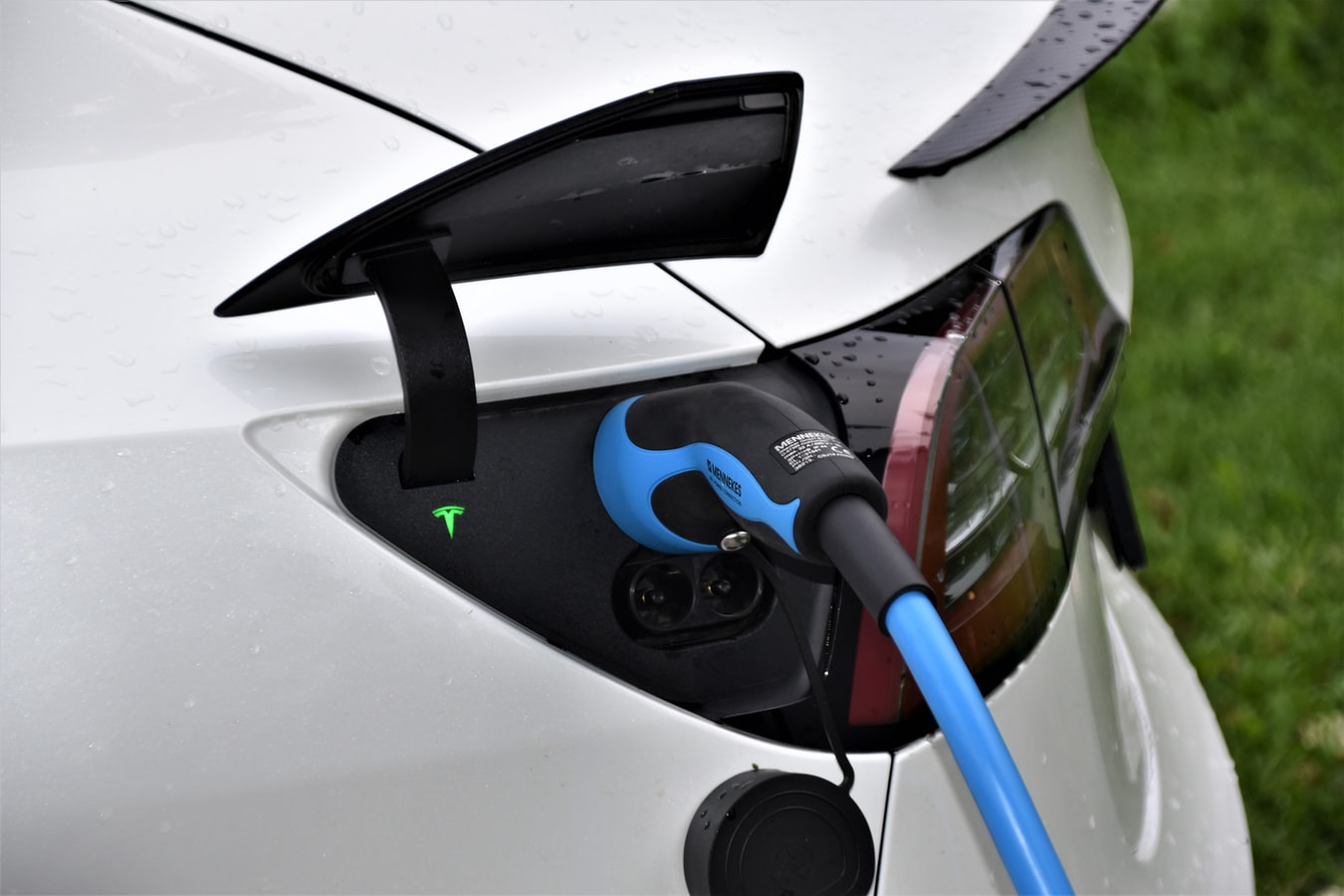Apply Sustainability Principles in your Community
An Integrated Community Sustainability Plan (ICSP) is any existing or new long-term plan, developed in consultation with community members, to help the community realize sustainability objectives within environmental, cultural, social and economic dimensions of its identity.
Background
Integrated Community Sustainability Planning is a provincial initiative which originated from the 2005 Federal/Provincial/UBCM Federal Gas Tax Agreement (GTA). It ties in very closely with provincial interests to address climate change and encourage the development of healthier, less costly and more sustainable communities. The ICSP Initiative goes well beyond the funding opportunities of the GTA. It promotes the development of partnerships within government and beyond to support the growth of community sustainability planning throughout the province over the long-term.
ICSP encourages communities to take a fresh look at their future and find ways to become more sustainable. With ICSP, communities can envision, plan and implement actions to secure their long-term well-being. ICSP builds on existing planning tools. It could be applying sustainability principles to a whole new plan, or to the type of planning a community already has. It provides a framework that helps communities plan for their own needs while ensuring that the needs of future generations are also met.
Principles
Many communities in and beyond BC have identified a vision for sustainability and are engaging in ICSP processes. These innovative planning approaches emphasize:
Long-term thinking – planning and/or plans are future oriented to enhance community sustainability (e.g. communities address the need to become resilient in the face of changing circumstances).
Broad in scope– planning or plans consider the communities’ economic environmental, social and/or cultural sustainability.
Integration – planning processes or plans reflect a co-ordinated approach to enhance community sustainability through linkages between different types of plans or planning activities.
Collaboration – planning processes engage community members and other partners to support community sustainability (e.g. First Nations, neighbouring communities, NGOs, private sector, other levels of government).
Public engagement and education – designing processes that enhance public input into planning processes.
Implementation – keeping plans off the shelf and putting them into action
Monitoring and evaluation – setting targets and tracking results to celebrate progress and focus efforts on areas that need the most improvement.
Concept
The following describes how the Ministry of Community & Rural Development’s (MCD) ICSP initiative is a long-term plan to support community sustainability.
The inner circle of Figure 1 identifies the various components of community sustainability as well as the processes local governments are encouraged to engage in. The outer circle recognizes what others can do (e.g. provincial and federal governments, and the private sector) to support local governments with their ICSP processes.
At the heart of community sustainability are sustainability principles that recognize the need to balance social, environmental, economic, and cultural interests. These are closely connected to:
- Integrating plans (e.g. linking land use designations to the impact on water supply and transportation)
- Aligning internal operations to ensure that the local government itself is a leader in sustainability (e.g. the local government operation embraces sustainability principles to guide its policies, regulations, purchasing practices and internal programs).
- Engaging with community partners and citizens to reinforce sustainability goals (e.g. harnessing the synergies of other programs such as BC Healthy Communities Initiative, the Mountain Pine Beetle Program, Community Action on Energy Efficiency and the Real Estate Foundation’s Communities in Transition program).
ICSP extends to implementation. It challenges communities to ensure that sustainability principles are carried forward into identified strategies and actions. Measuring and monitoring these actions is one further step in the implementation actions.
The outer ring in Figure 1 identifies the actions that need to be taken at levels beyond local governments. It recognizes the need for leadership and vision from senior governments, for collaboration within and between governments and the private sector, and for support for the development of capacity-building tools.
Community Examples
For a comprehensive list of sustainability plan examples from across BC visit FBC’s Smart Planning for Communities page (in the Resources ‘e-binder’ section) and Canadian Sustainability Plan Inventory website.
The ICSP Process
Integrated Community Sustainability Planning can involve a continuum of three phases; Assessment, Core Planning and Implementation.
Assessment/Preparing
The Assessment/Preparing phase can involve a number of different activities from education of the community, staff and local government elected officials to assessment of planning capacity and what is needed to move ahead with ICSP. An ICSP community assessment enables local governments to develop a sense of where they are with current planning and what their capacity is to move forward with ICSP. It allows them to determine their gaps and where they need to start in order to move ahead.
Some communities might start by educating staff and council about sustainability; others might determine ways to ensure their planning processes are more integrated. MCRD has designed a template to help local governments to identify where to begin in this first phase. GTA funding up to $5000 is available to do a community assessment.
Consult the Capacity-Building and ICSP program guide on the UBCM website for information on how to apply for community assessment funding.
Core Planning
The Core Planning phase can be approached two ways: develop a sustainability plan OR apply sustainability thinking /principles to existing plans and policy documents. For several examples of processes and plans visit the Smart Planning E-Binder.
Implementation
The Implementation phase moves plans into action and ensures that plans and actions remain fresh and relevant over time. Beyond the application of a sustainability planning “lens,” local governments are demonstrating that current decision-making frameworks and/or administrative processes may need to be revised to ensure successful implementation of new approaches. Improved governance is one. A number of communities in BC are developing Sustainability Checklists, measures and indicators to help guide decision-making.
Smart Planning for Communities
Smart Planning for Communities (SPC), a program of the Fraser Basin Council, is a BC- wide, collaborative initiative providing resources and tools to local and First Nations governments for planning socially, culturally, economically and environmentally sustainable communities.
Contact us for further information.








